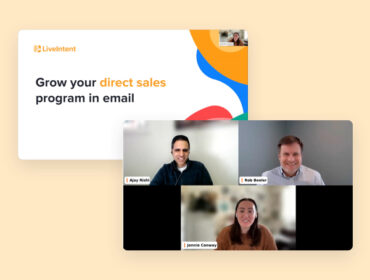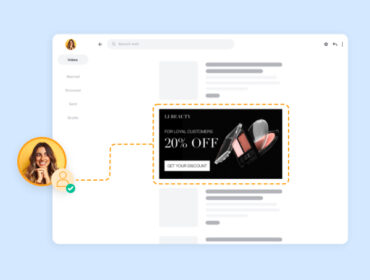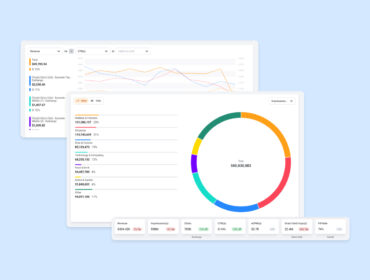Unlocking and supporting business opportunities with first-party data
The start of the new year brought us a little closer to Google’s deprecation of third-party cookies. And, as the industry knows, first-party data will be a crucial component to achieving addressability in a cookieless world, which, when properly activated, can pay dividends across several areas of your business unrelated to email.
In this blog post, we’ll explore how you can leverage first-party data gathered from your email newsletter programs to drive revenue. If you don’t already have a newsletter program in place, you’ll soon know why it might be a good idea to start one. Let’s take a look.
First-party data and ad sales
You can use newsletter content and ad engagement data to build audience segments. By looking at how your readers engage with your content, you can segment your audiences by interests like sports fans, health & wellness aficionados, and finance enthusiasts, for example. Newsletter content and ad engagement data can also lend insight into your readers’ behaviors. By examining metrics like clicks, you can glean which of your readers tend to take action and segment those audiences accordingly. This first-party data is valuable to your Email Revenue Team as it enables them to construct deals focused on audience quality — or their propensity for engagement with specific topic interests.
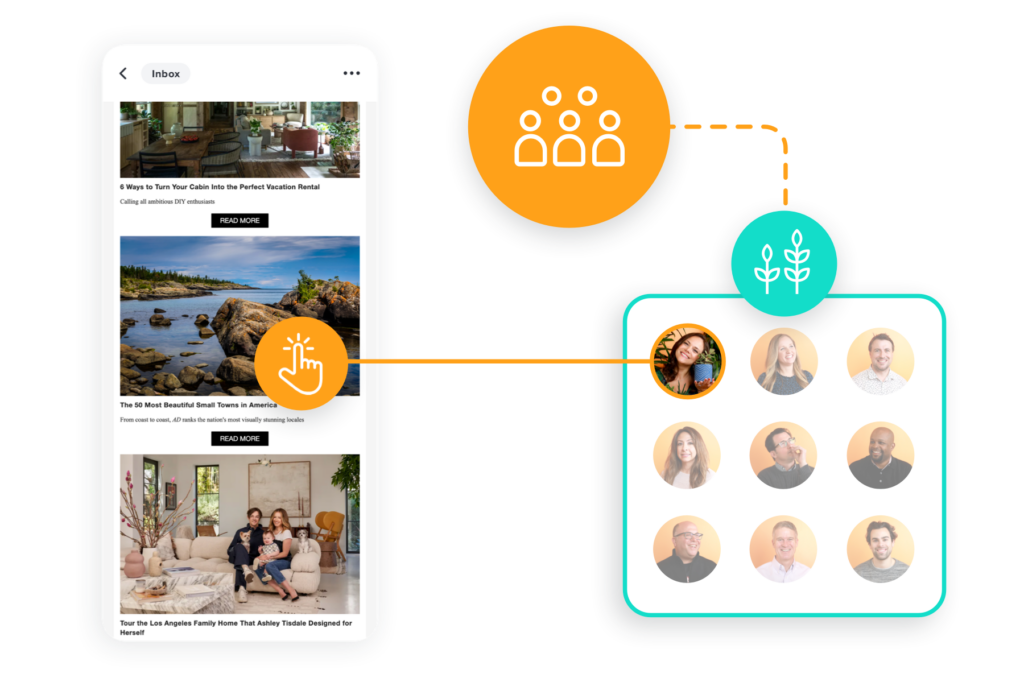
This approach helps you court advertising partners by showcasing your unique offering: captivating content and highly-engaged audiences. Using first-party data as the foundation for your direct-sold deals can also help you with your prospecting targets. For instance, if you know that Home and Garden content and ads for bedding and linens drive the most engagement from your readers, connecting with advertisers aligned with those specific verticals and products will help you find additional partners to drive revenue while keeping the reader experience hyper-relevant and personalized. This approach can also help you expand existing advertiser partnerships. Imagine that a long-time advertising partner that produces high-end cookware is now expanding into home essentials. Equipped with your first-party data, you can offer the advertiser an opportunity to get in front of the right audiences to help promote their launch.
With first-party data you can maximize your email media kit—but it doesn’t have to stop at email. The interest and behavioral data your newsletter program collects can also benefit your other channels. If you can perform site visitor resolution, you can see which email readers engage with your website and how their email engagement compares. This insight can provide powerful lift to your web ad sales efforts, making web campaigns more valuable by extending them to your top audience (those engaging on both web and email).
First-party data and marketing
You can use your first-party email audience insights pertaining to behavior and interest to power your marketing efforts as well. How? It helps to put yourself in the advertisers shoes.
Advertisers are on the hunt for their target customer and use various marketing strategies to reach and drive customers down the funnel from awareness to purchase. The best way to power those marketing strategies is with knowledge of your target customers’ interests and behaviors.
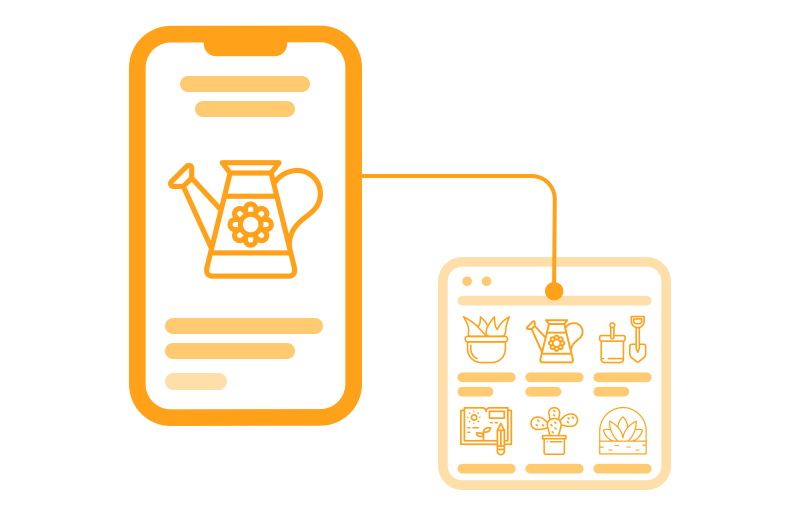
Like how you can use first-party data-based audience deals as a vehicle for advertising partners to reach customers via direct-sold deals, you can also use first-party audience data for marketing your products and services like subscription programs. Subscription programs are vital to business growth for many publishers — be they paid newsletter subscriptions or growing email lists for other newsletter products, or other content subscriptions your business may offer, like access to websites, podcasts, or apps. In this example, you could apply your first-party data to promote your subscription programs in the following ways:
- Understand who’s engaging with your content and whether or not they’re paying for a subscription. You can then target those non-paying, highly-engaged subscribers with paid subscription promotions and increase revenue. You can take a similar approach and offer “full access” to your larger website property, apps, or podcasts.
- Discover where reader interests lie and if there’s overlap or opportunity for cross-promotion. Say your business runs a weekly newsletter featuring a variety of content topics. When looking at engagement, you learn that a large segment of your readers engage with your tech content but aren’t subscribed to your tech-specific newsletter. Promoting your tech newsletter within your weekly newsletter can help increase subscriptions for your tech newsletter
Equipped with this first-party data, your marketing team can take similar approaches with promotions across a multitude of channels — not just email.
First-party data and Commerce businesses
Of course, first-party data application goes beyond the realms of ad sales and marketing. First-party data is a hot topic in the retail sector with the rise of retail media networks. According to The Trade Desks’s Future of Retail Report, “74 percent of brands say they have dedicated budgets for retail media networks, and these networks now rank fifth in terms of budget allocation, behind digital video, paid social, digital display, and paid search.”
While you may not be launching a multi-million dollar retail media network anytime soon, you can crib some notes from the trend. Given the importance of first-party data and the eCommerce boom driven by the pandemic, publishers have started their own Commerce businesses as a way of diversifying their business; just take a look at BuzzFeed, New York Post, Daily Beast, and Hearst.
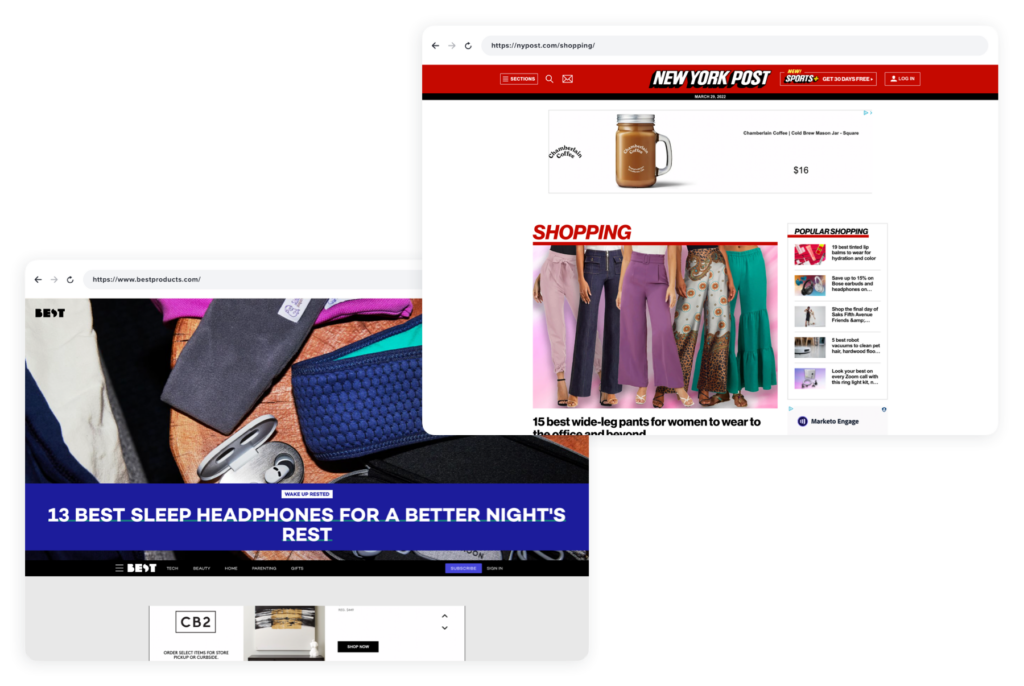
Publishers can use their behavioral data to identify what products interest their readers and what sponsored content or affiliate deals to prospect. You can leverage first-party data from email programs to help this part of your business grow. For example, if you notice a large percentage of your email readers frequently engaging with golf-related content, you can use that insight as the foundation for golf-equipment product recommendations or affiliate deals. Email is also another channel you can use to promote your commerce business by either creating a dedicated newsletter for it, or running product ads for your commerce business in your other newsletters.
Break down barriers
An email newsletter program is more than just a content distribution channel — it’s a powerful mechanism for securing first-party data. When applied to the rest of your business, this first-party data can unlock worlds of new opportunities for your business and revenue strategy. Contact us today if you want to learn more about how LiveIntent can help you supercharge your email newsletter program and activate your first-party data.
